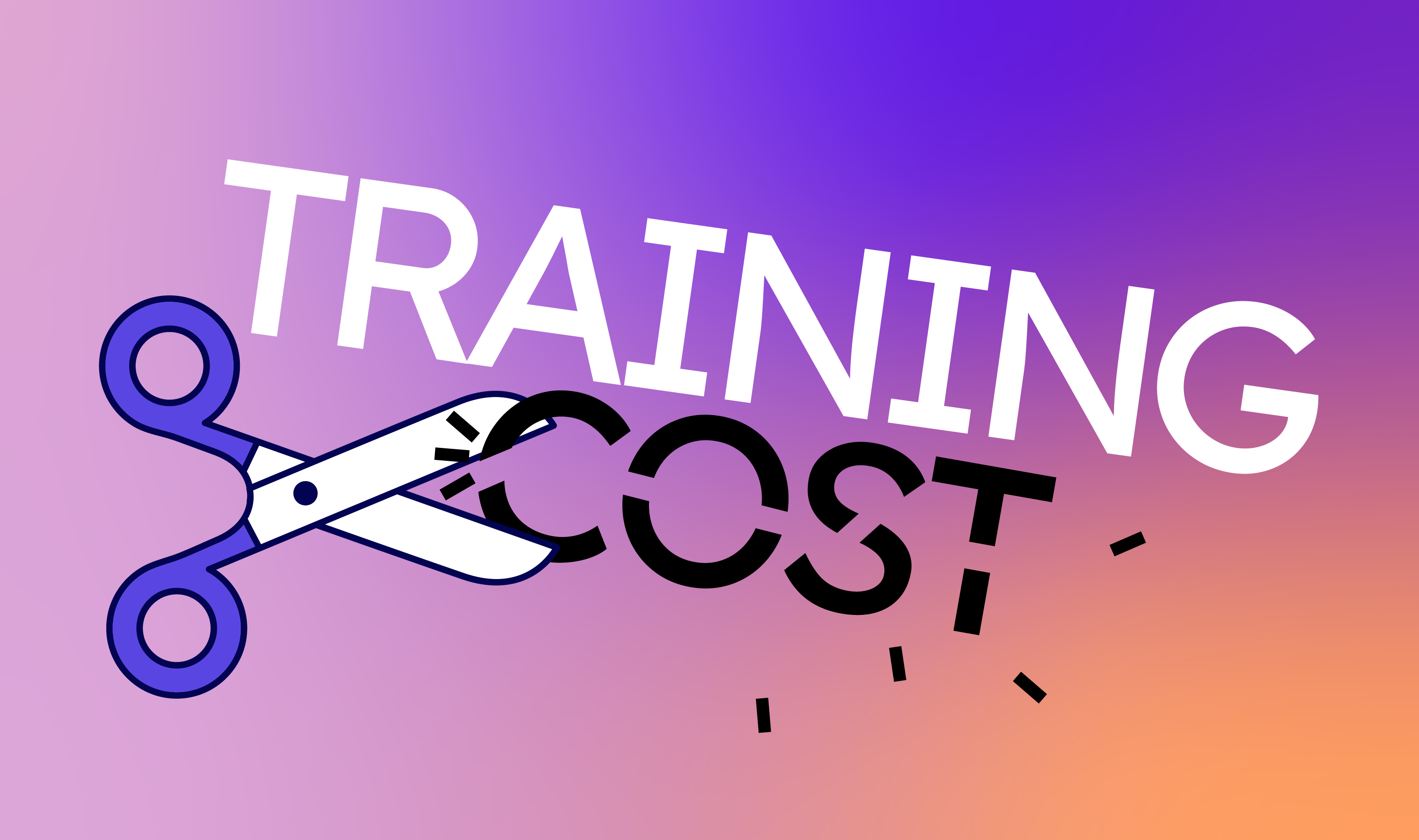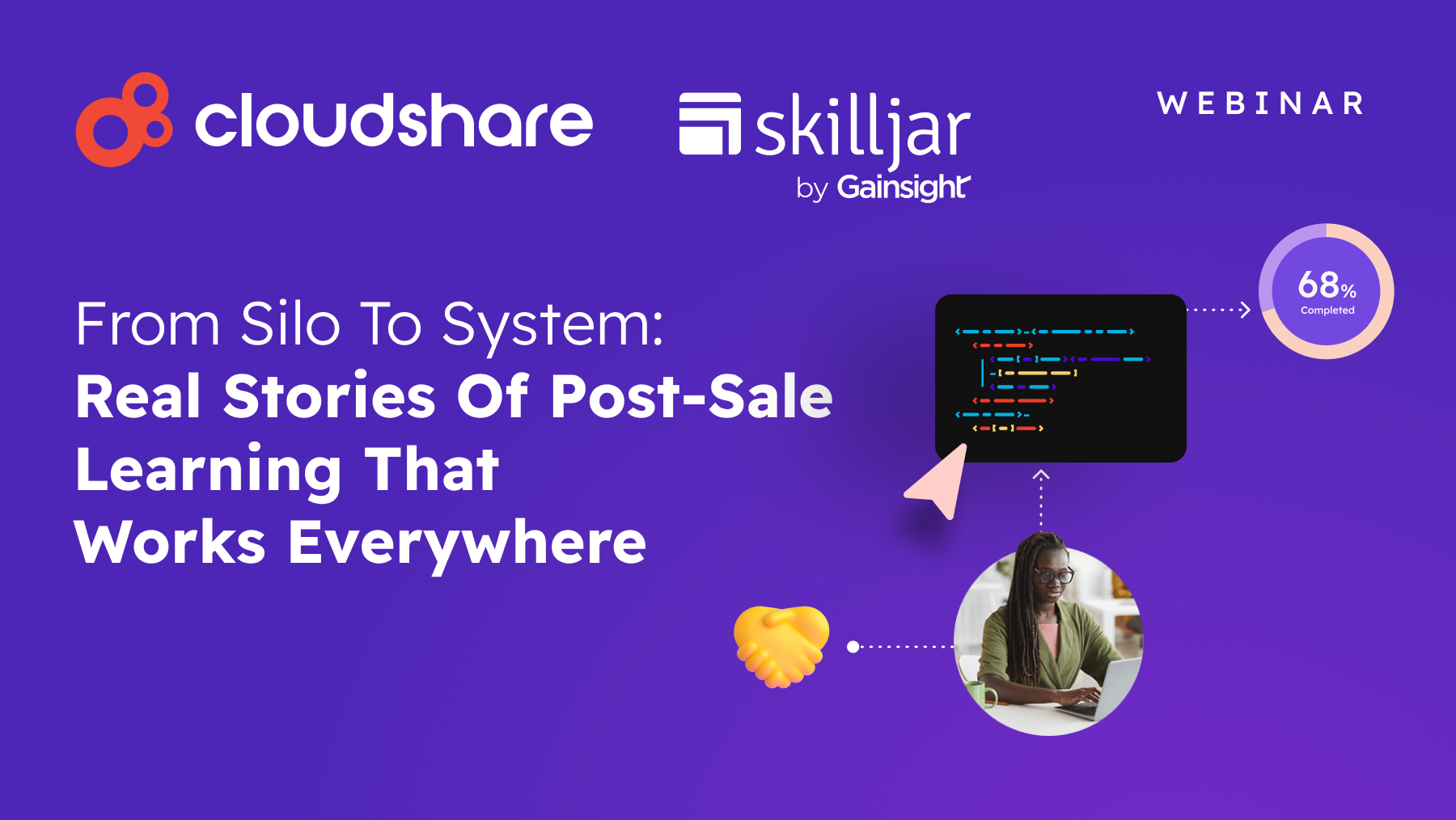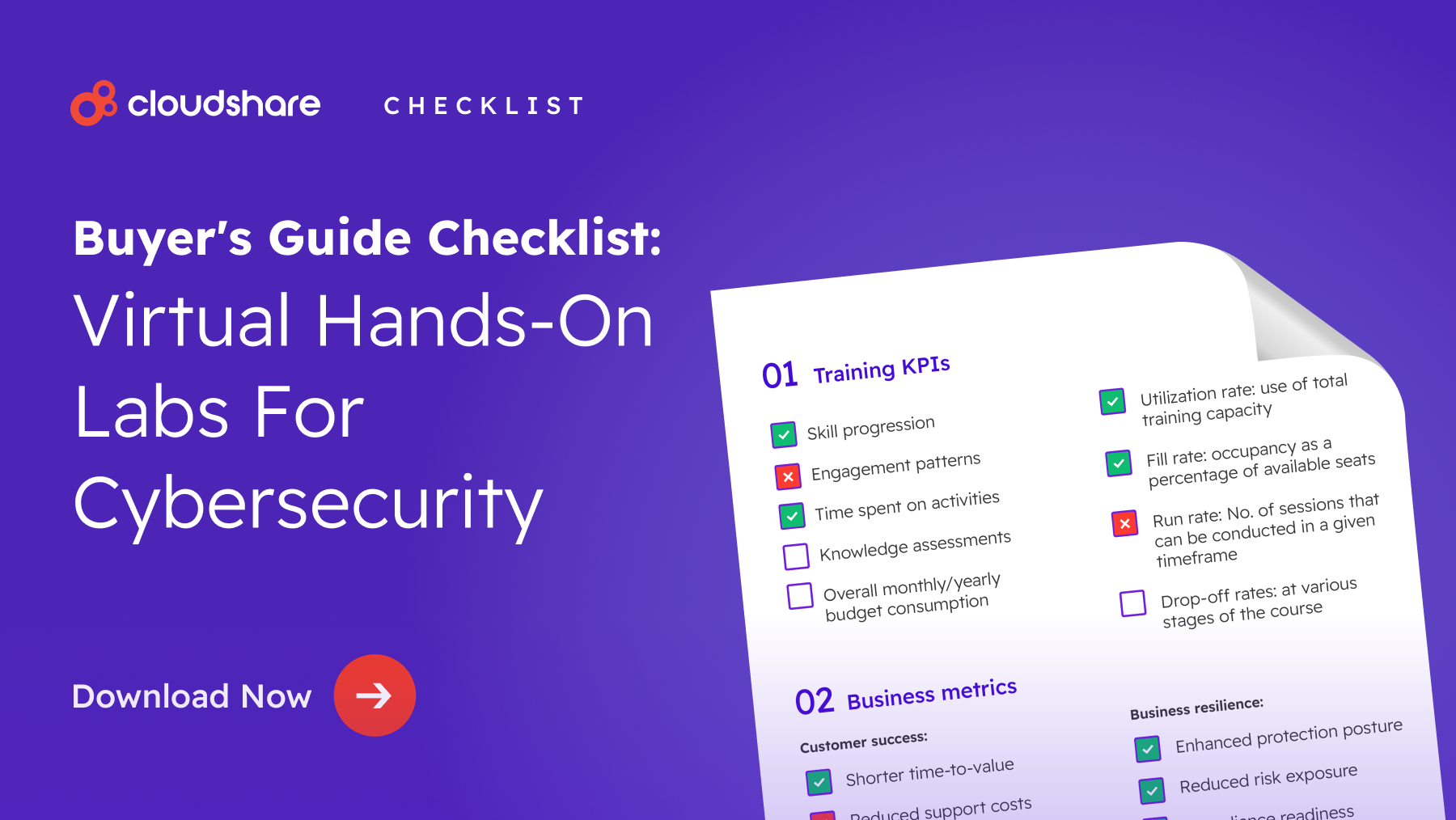
2023 is around the corner, which means you’re probably neck-deep in budget planning.
As the new year comes in with new expectations, it’s not surprising that you’re looking for more ways to cut costs — especially when inflation is on the horizon.
After all, the more you save, the better for your team — and business.
You can create an effective training agenda, optimally distribute resources, and outline critical benchmarks for your team. You can also delve into historical data and uncover nuggets of wisdom and successful strategies.
For training teams, this can mean reviewing costs associated with personnel, software, and in some cases, travel and accommodation.
To help you navigate this process, we developed a system to help training managers understand how they can build high-quality training sessions while also reducing overhead.
Here’s a simple, five-step guide:
- Create virtual training playgrounds
- Analyze your training sessions
- Adapt for flexible usage
- Repurpose your training sessions
- Craft a budget to minimize training costs
Create Virtual Training Playgrounds
Nearly 3 out of 4 employees are willing to retrain and learn how to remain employable in the future — that’s good news for companies looking to buckle down and upskill.
To do this, you can employ an instructor, pay for all employees’ travel and lodging, host a few days’ worth of sessions, surveys, and studies, and put in the manual effort.
Or, you can move to the cloud.
Dedicated virtual labs allow your employees to create, break, and experiment in a cloud-based playground. Your training happens without botched deals, and real-life overheads and employees get to simulate realistic scenarios and figure out successful strategies. Win-win.
Once you have a cloud-based solution, you’re always one click away from sharing your expertise with global teams and stakeholders. A shareable training playground benefits everyone on your team — both in terms of cost for training employees and building expertise.
Ultimately, you save on in-person training costs which can be best spent spinning up real-world training environments.
Analyze your Training Sessions
The incredible thing about cloud-based training is you can capitalize on it long after it’s over.
Traditional methods involve rewatching training videos saved to the cloud to manually identify gaps, opportunities for growth, and successful sessions. But if you leverage embedded analytics, you can skip the time-intensive manual work and jump straight to the juicy part — the playbook for improvement.
Deep analytics go the extra mile by creating detailed, data-backed reports with identifiers and critical actions. This helps your training managers identify what they can do to further improve product adoption.
Adapt for Flexible Usage
Training is a department with highly fluctuating needs. You might need a series of intense training sessions before the launch of a new product feature, and you may need little to no training when your workforce is performing at peak productivity.
Nobody likes paying for something they’re not using — especially when there are options to help you avoid these costs.
In such a situation, your training models need to have built-in flexibility — or you risk overspending.
Having agile policies with your training providers is a good first step. Suspend classes and environments when they are not in use to reduce software usage costs.
Ensure your resources are being deployed in a restrained manner and that you can track spending. With each hour, memory, and disk space accounted for, you can optimize for low spending and high yields.
That way, training managers can focus on delivering quality experiences with resource allocation taken care of.
Repurpose your Training Sessions
57% of employees feel that they learn on a just-in-time basis, according to LinkedIn’s Workplace Learning report. But it doesn’t have to be that way.
Investing in training before it’s a dire need gives employees breathing room while learning. It also helps training and project managers identify mission-critical skill sets in the team and find ways to inculcate them. However, requesting a training budget in advance can be a big ask.
Repurposing training videos from previous sessions or allied teams can save significant resources. These sessions can also be used to create transparency between teams for better engagement and delivery.
Advanced analytics can help you stay ahead of the changes and understand which employees need additional help. So, you can make the most of what you have — instead of spending time wondering how to make the ask.
Craft a Budget to Minimize your Training Costs
Heads of Training, budget setting doesn’t have to be the laborious task it once used to be.
CloudShare lets you create effortless virtual experiences without the overpriced tags, and knows the importance of maximizing every dollar. We’ve crafted a kit that comes with three assets to help you set a clear budget for your training programs.
Check out what your pricing could be with:
- A calculator template to help you work out current and projected ROI
- A shareable checklist that covers all your training bases
- Thorough 5-stage budget tutorial for your training program
Download it for free here, and learn how to reduce training costs today!




